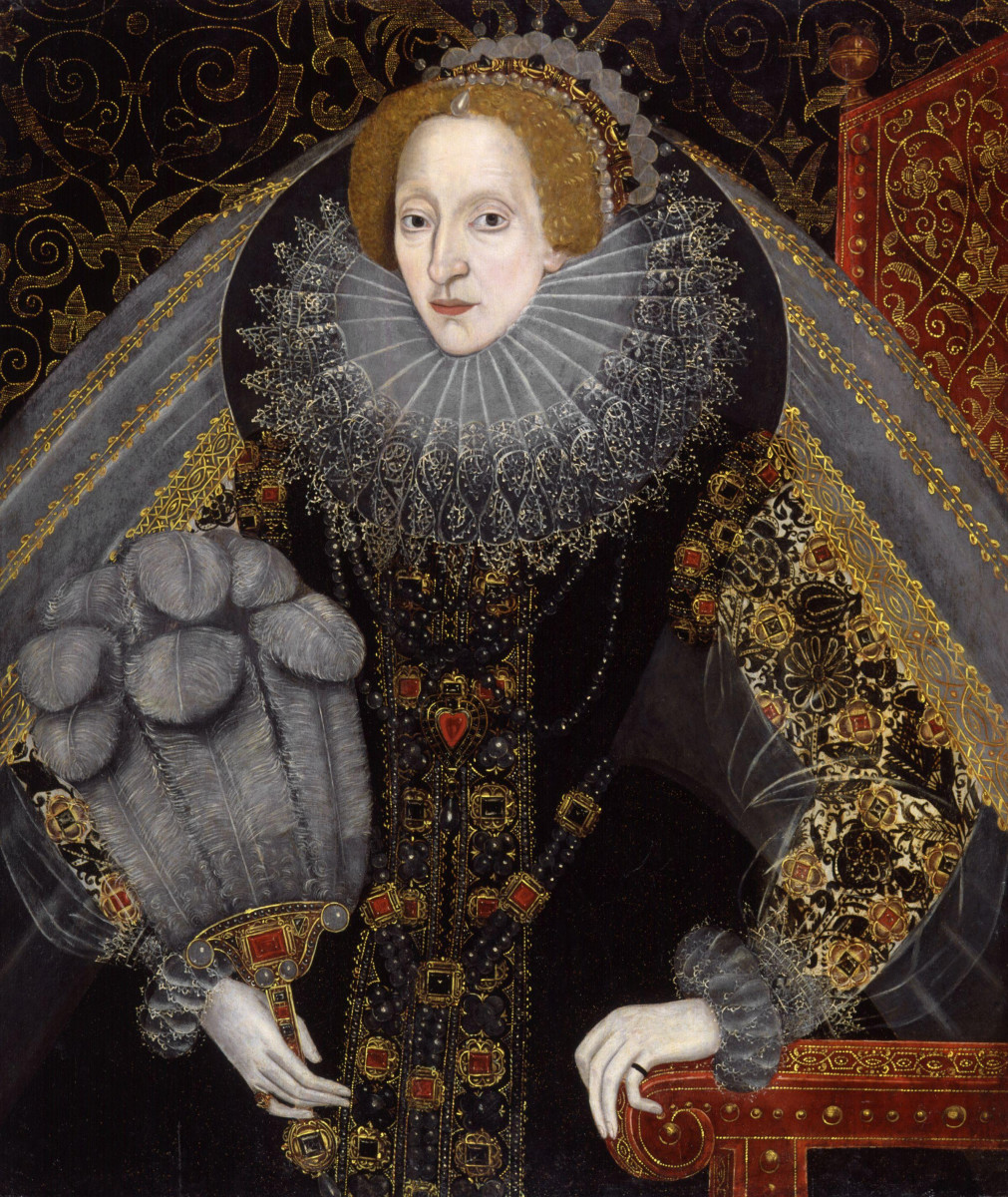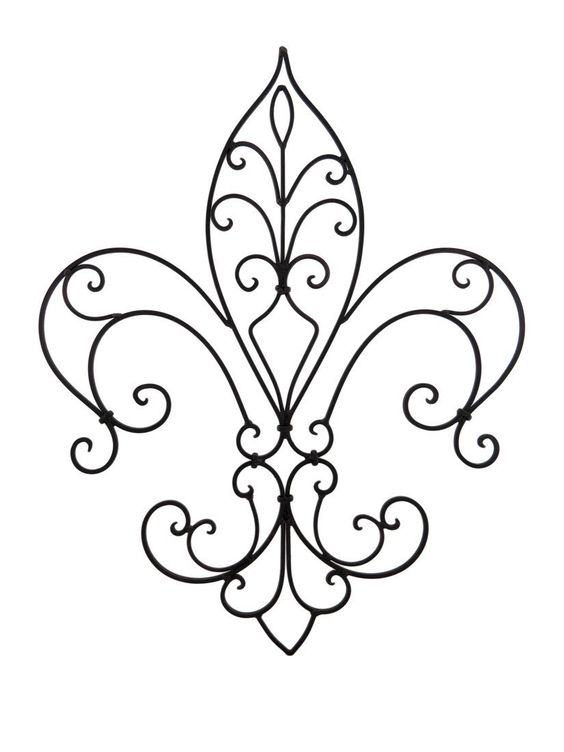
Elizabethan era was spread out during the years 1558-1603B.C. Queen Elizabeth is known to be a fashionista herself and when a notable figure of monarchy such as Queen Elizabeth herself, is into fashion, it comes as no surprise that her court members and her citizens followed suit. Heavy brocade, stockings, knee-length trousers, long billowing dresses embellished with pearls and jewels, tight-fitting doublets, stiff linen collars or ruffs, and feathered hats were the staples found in every noble person’s closet. But not all could be a part of this grandeur as these luxuries were a symbol of status and if the poor created knock-offs and wore them out in public, they were subject to punishment and put back in their place. The people who could afford to dress extravagantly, took great care with regards to what colors, accessories & silhouettes to wear and most importantly the ‘when’. There were stringent rules set for people to dress in a particular way… No one under the degree of knight was allowed silk ‘netherstocks’ (long stockings) or velvet outer garments. A knight’s eldest son could wear velvet doublets and hose, but his younger brothers couldn’t. A baron’s eldest son’s wife could wear gold or silver lace, forbidden to women below her in the pecking order.
-Dyes and Colors
Natural dyes in colors such as blue, red, yellow, gree, brown and grey. Contrasting shades were used in a single ensemble. Dyes such as red, black and purple were hard to produce so they indicated that the wearer was wealthy. Since the dyes were natural, they ran risk of it bleeding after every wash so they never washed their outerwear.
–Men’s Clothes
Undergarments for men were made of linen which was embroidered or laced. Outerwear was also made of linen, velvet, silk and damask, a special kind of blended fabric. Bottomwear were knee length or thigh-length. They were poufy around the thighs. Pockets and button/ tied fly was introduced later on but traditionally a padded codpiece covered the crotch.
A doublet was the most popular type of a jacket which was short, stiff and tight-fitting. It was made out of wool, leather or any other thick fabrics. It sported detachable sleeves having a hook, lace or button closure. Shoulders of the jacket was attached with wings or decorative tabs called as ‘pickadills’. Additionally, detachable linen and lace collars and cuffs became popular as well and some times they were so fancy that they looked otherworldly.

In cold weather, an extra layer of jerkin waistcoat was worn over the Doublet. Cloaks and capes were worn as topwear.
Leather was popular for some outer garments, belts, gloves, hats, and shoes. Leather was sometimes made more decorative by tooling it. Shoes for men were typically square-toed and without a noticeable heel. Earlier types of footwear were slip-on, but laces and buckles came into fashion by the end of Elizabeth’s reign. Courtiers often wore fancy slipper-like shoes made from silk or velvet. Leather boots were worn when riding.Apart from linen and silk, decorative leather was a popular choice of material and it was used to make jackets, shoes, belts and hats.
Men’s shoes were heeled and square-toed. Slip-ons were traditional but later, laces & buckles came into fashion. Slippers made from velvet and silk was used by royal members. Leather boots was used whilst horseriding
Small buttons in huge quantities adorned pieces, they were typically made out of wood, silver, gold and pewter. Buttons were also laced with ribbons known as ‘points’. Garments didn’t have built in pockets so men and women alike wore girdles attached to suspenders.




-Women’s Clothes
Noblewomen wore long dresses very much alike to the ones worn during the Middle Ages. The dress was called as ‘the kirtle’ which was body hugging and long. Other garments were worn on top. If not the kirtle, women wore layers of light petticoats.
Flared skirts were worn traditionally but later on, stiff skirts in the shape of a bell was popular. They were held together by a set of hoops to maintain the shape. Bodices made out of wool were used to cinch the waist and accentuate the breasts. The bodices held form with the help of whalebones, metal or wood. They had ribbon button and hook closures as well as a wooden piece called ‘busk’ inserted into the bodice to keep it in place and they could be tied together from the front, back and the sides.
Necklines plunged and rose through-out the era. The sleeves were detachable and attached when the women went outdoors.





-Elizabethan Makeup
Upper class women, the Nobility, of the Elizabethan era wore make-up. Queen Elizabeth I set the fashions and as she grew older she more wore elaborate make-up which was useful for hiding wrinkles and other signs of ageing. At one time Queen Elizabeth had contracted small pox which had left some scarring on her face. The heavy white make-up also helped to hide this and maintain her illusion of beauty.
Pale complexion was considered as a beauty standards as it meant that women who were royal didn’t need to go out and do odd jobs and hence never developed a tan. A white complexion was achieved by using a paste called ‘ceruse’ made of white lead and vinegar, the poor used tin ash, sulphur and alum. Egg whites were applied o mask wrinkles. Queen Elizabeth had contacted small pox so she used heavy amounts of make-up to cover it up and as she grew older, it helped her maintain the illusion of beauty

-Children
Children were dressed just like the adults well except for the bodices. Boys and girls upto the age of 6 wore frilly/lacy dresses.
-The commoners
The citizens wore knock-off garments, made of cheaper fabrics. Going about their daily chores, they used blended linen, canvas, hemp which were durable for wear and tear. Hems were durable and easily replaceable if they were subject to heavy use. Aprons were worn by women to protect their clothes. On special occasions damask look-alike, an affordable version of satin was used. Men wore loose fitting stockings and cheap underclothes. Hats made out of straws and felt were used.




Why were there so many restrictions?
Sumptuary law is defined by Britannica as any law designed to restrict excessive personal expenditures in the interest of preventing extravagance and luxury. The term denotes regulations restricting extravagance in food, drink, dress, and household equipment, usually on religious or moral grounds.
Elizabeth was the last monarch to introduce this rule to curb excessive spending by people to dress-up fashionably and keep up with the trends. Since most of the luxurious fabrics and accessories were imported, it would result in the locally-made products run out of demand and hence commoners weren’t allowed to imitate the nobles. Even amongst the nobility, only relatives of the royalty and the royalty themselves could wear purple. People were fined if they defied the rules and some of them didn’t mind paying so that they could continue wearing luxury.
-Elizabethan Era Inspired Fashion


-Elizabethan Era Inspired Movies/Tv Shows
- Elizabeth R (1971)
- Mary Queen of Scots (1971)
- The Virgin Queen (2005)
- Elizabeth I (2005)
-References
-Clothes in the Elizabethan Era- ancient.eu
-Clothing in Elizabethan England- bl.uk
-QUEEN ELIZABETH I AND HER IMPACT ON FASHION- crfashionbook.com
– Elizabethan Movies & TV Series- frockflicks.com
